Gallipoli's Historical Treasures Unveiled
Embark on a captivating journey through Gelibolu’s rich heritage. This engaging tour offers a unique glimpse into the past with a focus on key historical landmarks.
Time
2 Hours
Stops
7 Places
Distance
3.5 km
Gallipoli War Museum
Start your tour by immersing yourself in the rich history of the Gallipoli Campaign at this museum, which houses numerous artifacts and exhibits detailing the significant events of World War I.

Gallipoli War Museum (Source: Google Maps)
The Gallipoli War Museum serves as a poignant reminder of the sacrifices made during the Gallipoli Campaign in World War I. Opened in 2000, the museum houses a vast collection of artifacts, photographs, and documents that tell the story of the soldiers who fought in this pivotal battle. It delves into the experiences of both the Allied and Ottoman forces, providing insights into the strategies, hardships, and heroism displayed during the campaign. The museum’s architecture is reflective of the solemnity of its purpose, with spaces designed to foster contemplation and remembrance. Visitors can explore exhibitions that include personal letters from soldiers, military uniforms, and even pieces of artillery. The museum not only honors the memory of those who served but also educates visitors on the broader historical context of World War I and its lasting impact on Turkey and beyond.
Gazi Suleiman Pasha Mosque
Explore this beautifully preserved mosque, named after the Ottoman commander who first conquered Gallipoli, showcasing Ottoman architecture and cultural heritage.
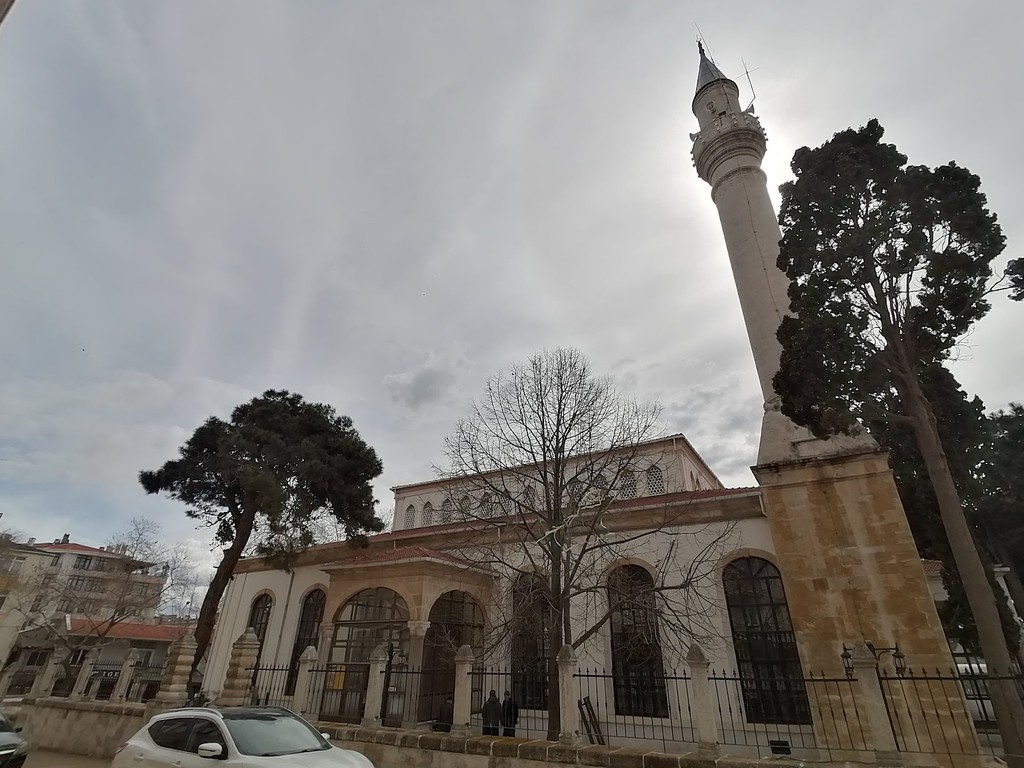
Gazi Suleiman Pasha Mosque (Source: Google Maps)
Gazi Suleiman Pasha Mosque is an architectural gem that represents the rich history of Ottoman conquest in the region. Built in the 15th century, this mosque was named after the Ottoman commander who played a pivotal role in the conquest of Gallipoli. The mosque showcases classic Ottoman architectural features, including a grand dome, intricate tile work, and elegant minarets. It serves not only as a place of worship but also as a symbol of the cultural heritage of the area. The mosque's interior is adorned with beautiful calligraphy and traditional Ottoman motifs, providing a serene environment for prayer and reflection. Its historical significance extends beyond its religious function; it stands as a testament to the enduring influence of the Ottoman Empire in this part of Turkey. The mosque remains a focal point for the local community, hosting various religious and cultural events throughout the year.
Gelibolu Mevlevihane
Visit this historical dervish lodge, a serene space that provides a fascinating look into the spiritual life of the Mevlevi Order.
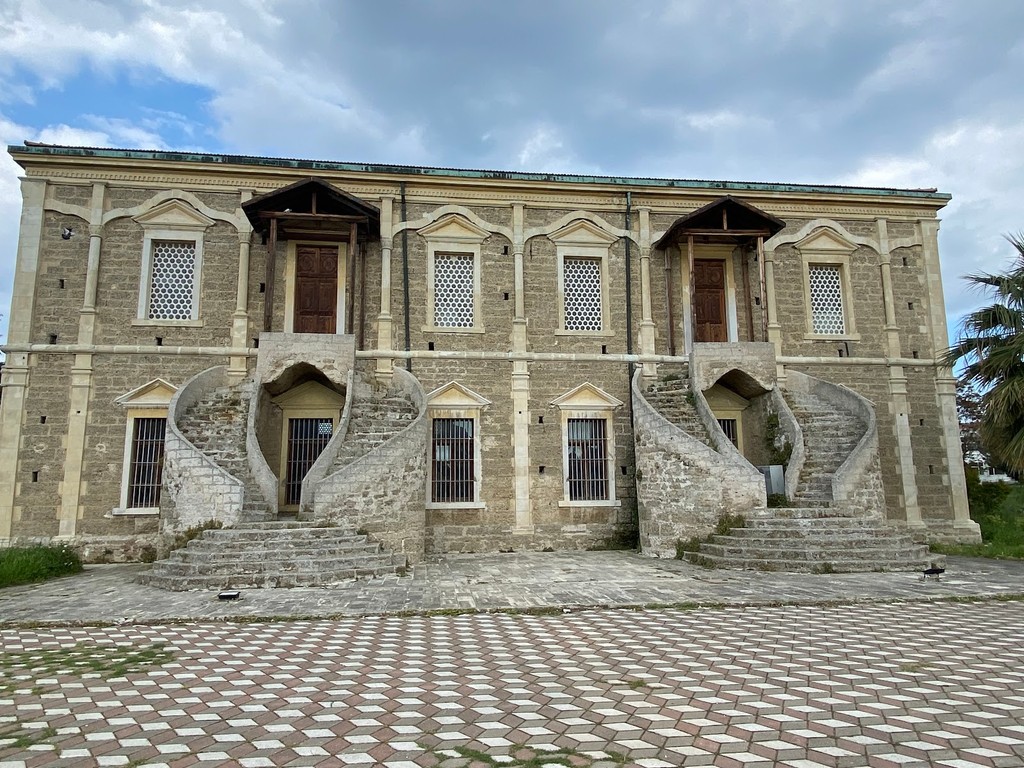
Gelibolu Mevlevihane (Source: Google Maps)
The Gelibolu Mevlevihane is a historical dervish lodge that offers a glimpse into the spiritual life of the Mevlevi Order, known for their whirling dervishes. Established in the 16th century, this lodge served as a center for Sufi teachings and practices, where followers would gather to engage in spiritual rituals and communal prayers. The architecture of the Mevlevihane is distinct, featuring a large central hall where the famous Sema ceremony would take place. This ceremony, characterized by the whirling dance of the dervishes, symbolizes the spiritual journey towards divine love. Visitors can explore the beautifully preserved interiors, which include intricate woodwork and traditional furnishings. The site not only reflects the spiritual heritage of the Mevlevi Order but also serves as a cultural hub, hosting various events that celebrate Sufi music and poetry. The Gelibolu Mevlevihane remains a significant landmark for those interested in the intersection of spirituality and culture in Turkish history.
Gelibolu Lighthouse
Continue your journey to this iconic lighthouse, offering stunning views of the Dardanelles and a glimpse into the maritime history of the region.
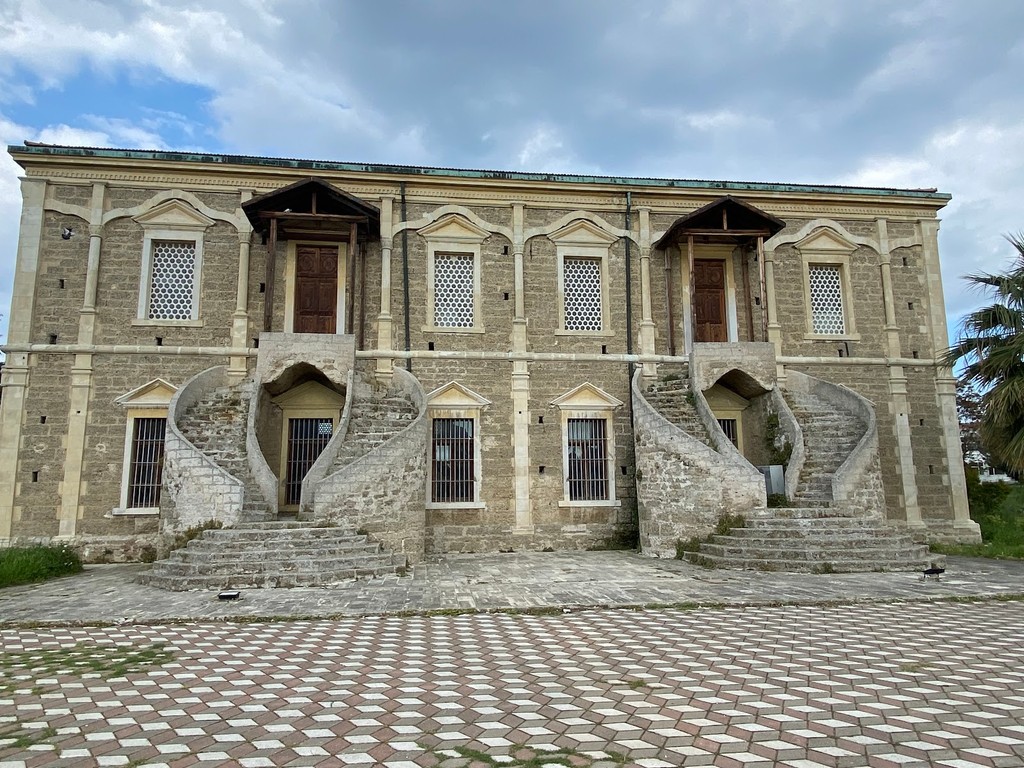
Gelibolu Lighthouse (Source: Google Maps)
The Gelibolu Lighthouse is an iconic structure that has guided countless ships through the treacherous waters of the Dardanelles since its construction in the 19th century. Standing tall on the coastline, this lighthouse is not only a functional maritime aid but also a symbol of the region’s rich naval history. Its striking white façade and classic design make it a popular spot for visitors seeking picturesque views of the surrounding sea and landscape. The lighthouse's beam can be seen for miles, serving as a vital reference point for sailors navigating the busy shipping lanes of the Dardanelles. Historically, the lighthouse has witnessed numerous significant events, including naval battles and trade activities that shaped the region. Today, it stands as a testament to the maritime heritage of Gelibolu, offering insights into the evolution of navigation and the importance of lighthouses in ensuring safe passage for vessels.
Azaplar Namazgah
Just a short walk from the museum, visit this historical outdoor prayer platform, which offers insight into the religious practices of Ottoman soldiers.
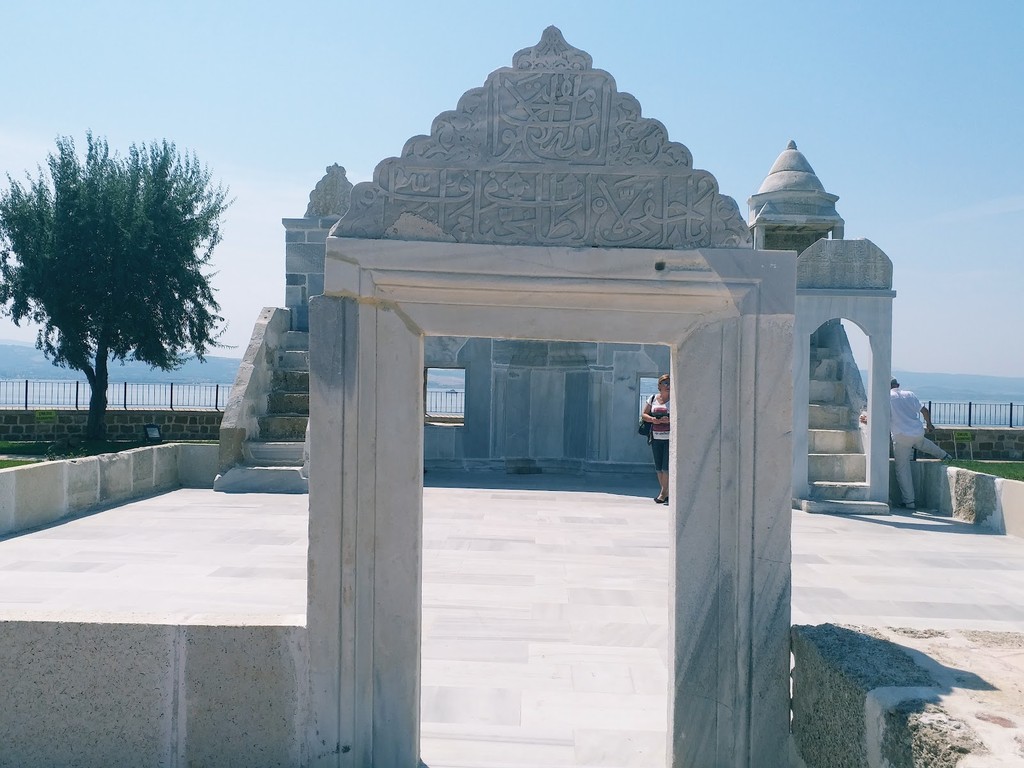
Azaplar Namazgah (Source: Google Maps)
Azaplar Namazgah is a historical outdoor prayer platform that provides insight into the religious practices of Ottoman soldiers. This significant site reflects the spiritual needs of the military during the Ottoman Empire, where soldiers would gather to perform their prayers before heading into battle. The namazgah is characterized by its simple yet functional design, often situated in open areas to accommodate large groups of worshippers. It served as a reminder of the faith that guided the soldiers as they faced the challenges of warfare. Visitors to Azaplar Namazgah can appreciate its historical context, as it represents the intersection of military life and spirituality in Ottoman culture. The site offers a unique perspective on the daily lives of soldiers, highlighting the importance of religious observance amidst the rigors of military duty. Today, the namazgah stands as a symbol of the enduring connection between faith and service, inviting reflection on the spiritual dimensions of history.
Piri Reis Museum
Discover the legacy of the famous Ottoman admiral and cartographer Piri Reis, whose maps were among the most accurate of his time.
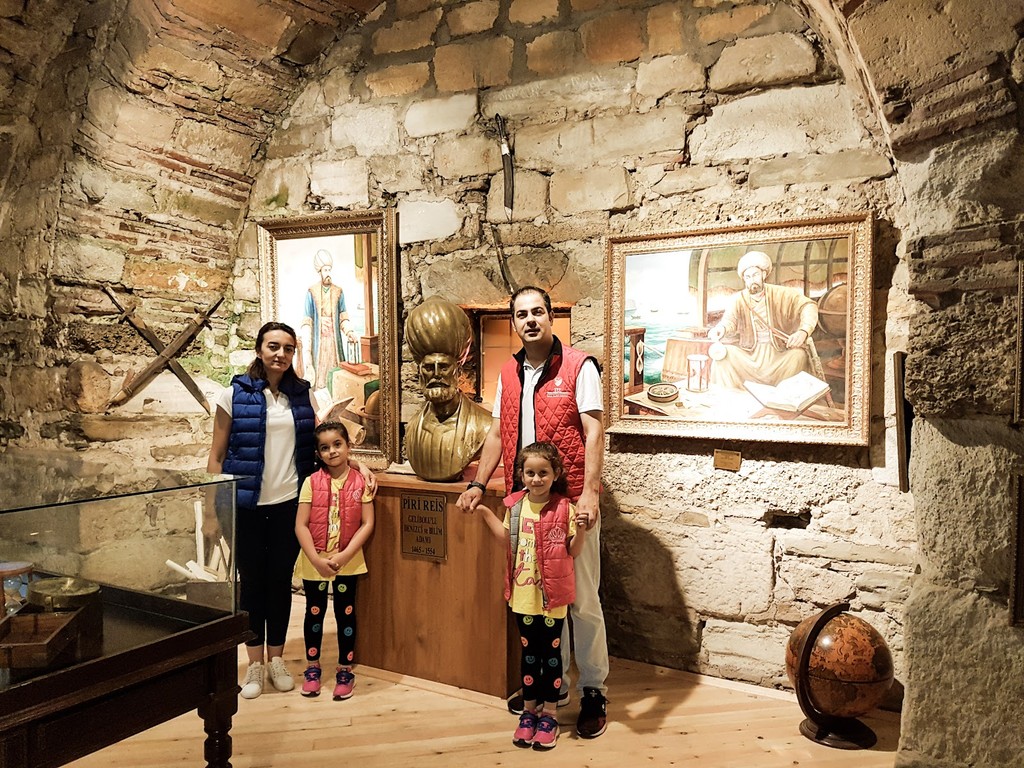
Piri Reis Museum (Source: Google Maps)
The Piri Reis Museum is dedicated to the legacy of the renowned Ottoman admiral and cartographer, Piri Reis, whose contributions to navigation and cartography are celebrated globally. The museum showcases a collection of maps, manuscripts, and artifacts that illustrate the remarkable achievements of Piri Reis during the 16th century. His most famous work, the Piri Reis Map, is considered one of the oldest surviving maps of the Americas, demonstrating advanced knowledge of geography for its time. The museum provides an engaging narrative of Piri Reis’s life, his explorations, and the historical context in which he operated. Visitors can explore various exhibits that highlight the evolution of map-making and the significance of maritime exploration in Ottoman history. The museum serves not only as a tribute to Piri Reis but also as an educational space that fosters an appreciation for the art and science of navigation, inviting guests to delve into the rich maritime heritage of Turkey.
Balıkçı Kahvesi
End your tour with a taste of local cuisine at this charming seaside café, where you can enjoy fresh seafood and traditional Turkish dishes.
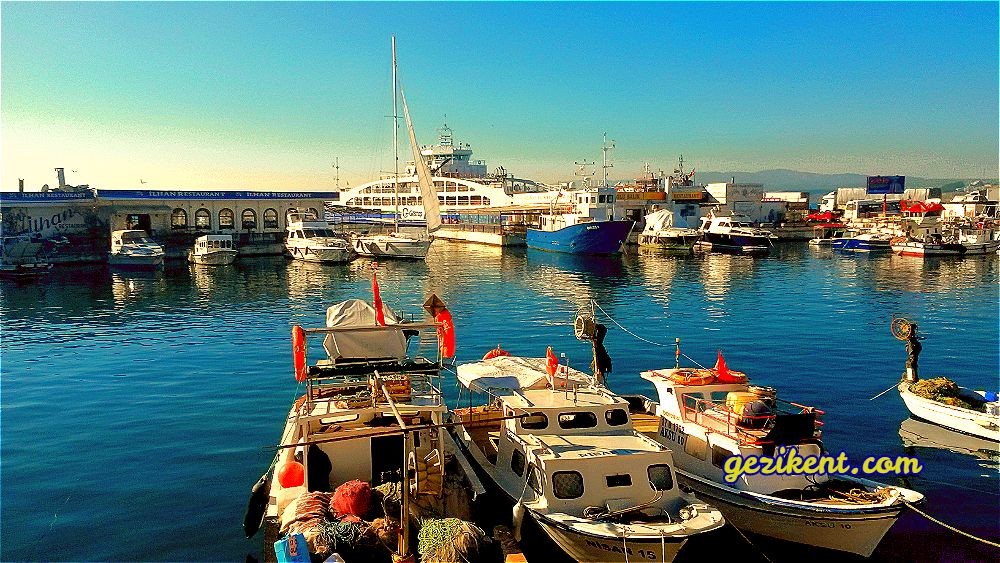
Balıkçı Kahvesi (Source: Google Maps)

Your travels, your rules.
Create your own Free Walking Tours.
Set your preferences, distances and anything you want to do or see.
Completely free, no payment required.